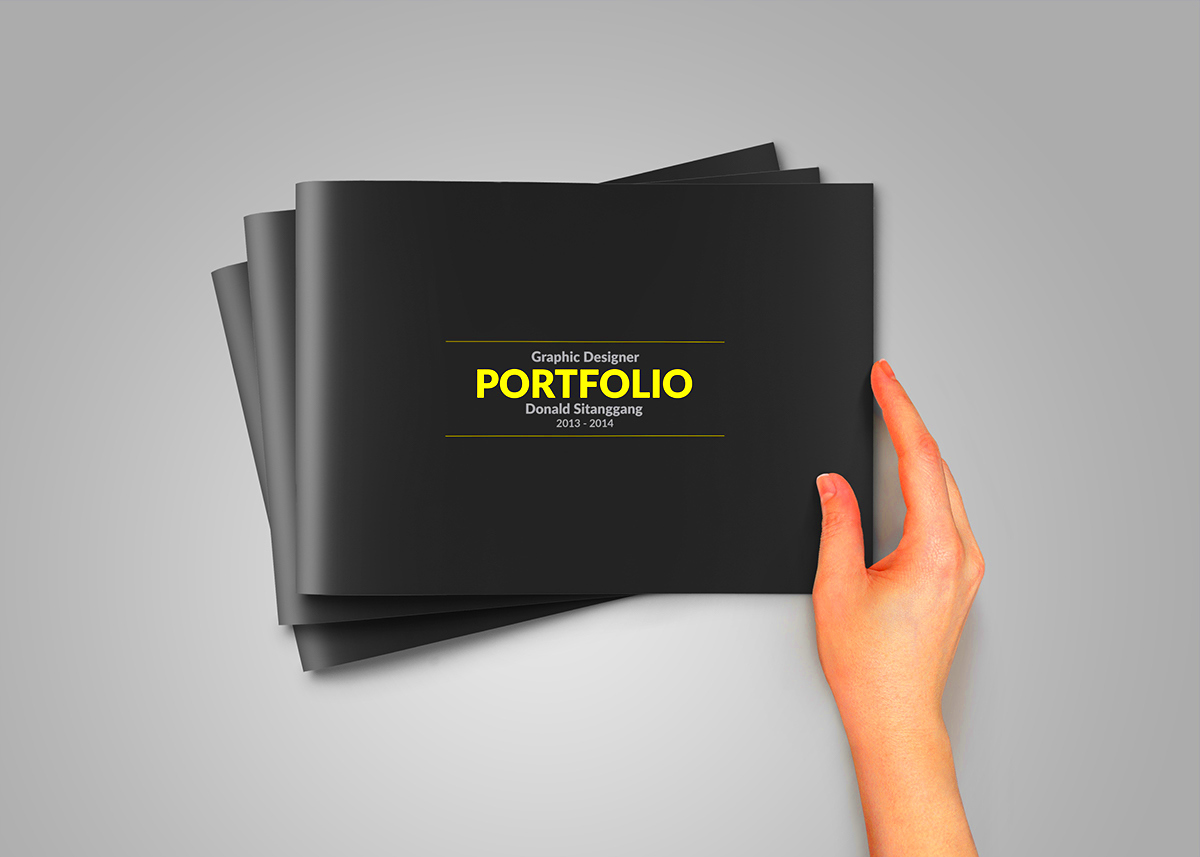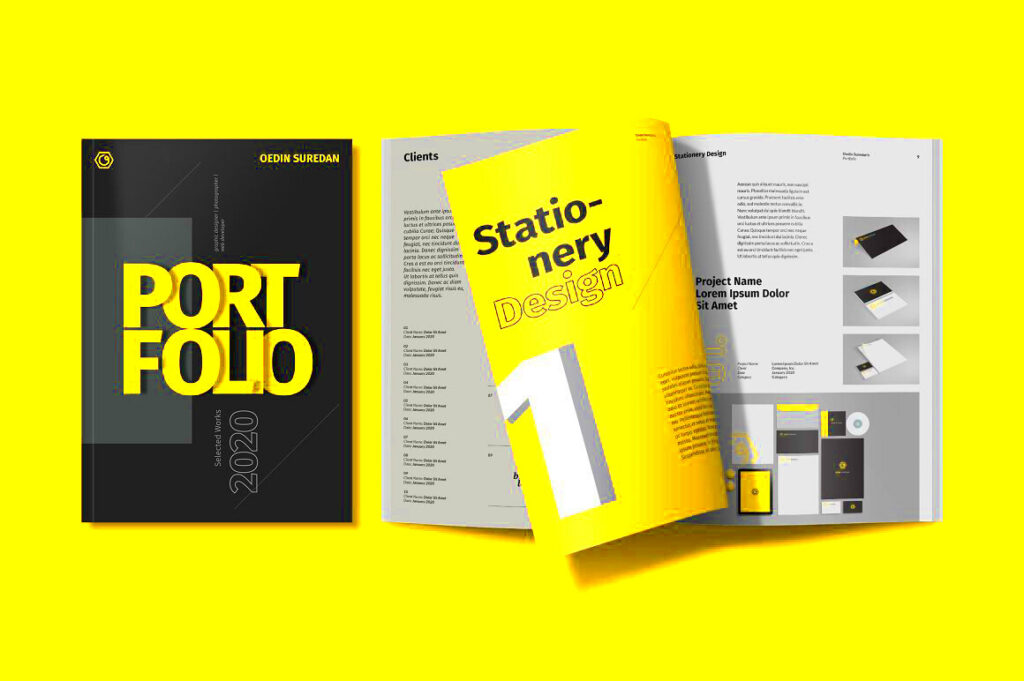Behance is a platform where creative professionals showcase their work and connect with others in the industry. For graphic designers, it offers a unique space to display projects, gain feedback, and attract potential clients. Whether you are a freelance designer or part of a design agency, having a presence on Behance can help you stand out and make valuable connections.
Benefits of Having a Graphic Design Portfolio on Behance

Creating a graphic design portfolio on Behance comes with several advantages:
- Visibility: Your work can reach a global audience, increasing your chances of being discovered by clients and collaborators.
- Networking Opportunities: Connect with other creatives, potential clients, and even employers in the design community.
- Feedback and Critique: Receive constructive feedback from fellow designers, helping you improve and grow.
- Easy to Use: The platform is user-friendly, allowing you to set up your portfolio quickly without technical skills.
- Showcase Versatility: You can display various types of work, from illustrations to branding projects, all in one place.
With these benefits, having a portfolio on Behance can be a game-changer for your graphic design career.
Also Read This: How to Conceal Your Facebook Friend List on Mobile Devices
Steps to Create a Graphic Design Portfolio on Behance
Building your graphic design portfolio on Behance is straightforward. Follow these steps to get started:
- Create an Account: Go to the Behance website and sign up for a free account. You can use your email or connect via social media.
- Complete Your Profile: Add a profile picture, bio, and links to your social media. This helps potential clients get to know you.
- Gather Your Work: Select the best projects that showcase your skills and creativity. Aim for quality over quantity.
- Upload Projects: Use the "Create a Project" button to upload your work. Add images, descriptions, and tags to make your projects stand out.
- Organize Your Portfolio: Group similar projects together and ensure a clean layout. This makes it easier for viewers to navigate.
- Promote Your Portfolio: Share your Behance link on social media, your website, and in your email signature to attract more viewers.
By following these steps, you can create an impressive graphic design portfolio that highlights your unique style and skills.
Also Read This: How to Save Shutterstock Images Without a Watermark
Tips for Showcasing Your Work Effectively
When it comes to showcasing your graphic design work on Behance, presentation matters. Here are some tips to make your portfolio shine:
- Use High-Quality Images: Ensure all images are high resolution. Blurry or pixelated images can detract from the quality of your work.
- Tell a Story: Each project should have a narrative. Explain your thought process, the problem you solved, and the results achieved. This gives context to your work.
- Organize Your Projects: Use sections or categories to organize your work. For example, group similar projects together, like branding or illustration.
- Highlight Your Best Work: Don’t feel pressured to include everything. Showcase only your strongest pieces that reflect your style and skills.
- Get Feedback: Before publishing, share your projects with friends or fellow designers for constructive criticism. Fresh eyes can catch things you might have missed.
By following these tips, you can create a visually appealing and engaging portfolio that captures the attention of viewers and potential clients.
Also Read This: What Shutterstock Pays for Video and Music Content
How to Use Behance Features for Your Portfolio
Behance offers several features that can enhance your portfolio and make it more interactive. Here’s how to make the most of them:
- Project Tags: Use relevant tags when uploading projects. This helps your work appear in search results and gets noticed by the right audience.
- Cover Images: Choose striking cover images for each project. This is the first thing viewers see, so make it eye-catching!
- Showcase Process: Include behind-the-scenes content or process shots. This not only highlights your skills but also engages viewers by showing them how you work.
- Video Content: Don’t hesitate to add videos. Whether it’s a presentation of your work or a quick tutorial, video can add a dynamic element to your portfolio.
- Project Collections: Organize your projects into collections for a better viewing experience. This helps viewers navigate your work by themes or styles.
Utilizing these features effectively can significantly improve your portfolio and make it more appealing to potential clients.
Also Read This: Creative Dailymotion Tutorial for Making a Shopping Bag with Paper
Common Mistakes to Avoid in Your Graphic Design Portfolio
Even the most talented designers can make mistakes when creating their portfolios. Here are some common pitfalls to avoid:
- Overloading with Projects: Including too many projects can overwhelm viewers. Focus on quality over quantity. A few strong pieces are better than many mediocre ones.
- Ignoring Descriptions: Failing to provide context for your work is a missed opportunity. Always include descriptions that explain your projects and thought processes.
- Neglecting Your Profile: A complete profile builds trust. Ensure you have a professional photo, a well-written bio, and links to your other social media accounts.
- Not Updating Regularly: Keep your portfolio fresh by regularly adding new work. An outdated portfolio can give the impression that you are not active in the field.
- Using Unattractive Layouts: A cluttered or confusing layout can distract from your work. Aim for a clean, organized presentation that allows your designs to take center stage.
By avoiding these common mistakes, you can create a portfolio that truly represents your skills and helps you attract more opportunities in the graphic design world.
Also Read This: How to Resolve YouTube Lagging Problems on Chrome and Other Browsers
How to Promote Your Behance Portfolio
Once you have created your graphic design portfolio on Behance, the next step is to get it noticed. Promotion is key to attracting viewers and potential clients. Here are some effective strategies:
- Share on Social Media: Post links to your Behance projects on platforms like Instagram, Twitter, and LinkedIn. Use relevant hashtags to reach a wider audience.
- Engage with the Community: Interact with other designers on Behance. Comment on their work, follow them, and collaborate when possible. Building relationships can lead to more visibility.
- Join Groups: Participate in Behance groups related to your field. This can help you connect with like-minded creatives and increase your portfolio’s exposure.
- Leverage Your Website: If you have a personal website, include links to your Behance portfolio. This helps visitors find your work easily.
- Network Offline: Don’t underestimate the power of face-to-face networking. Attend design events, workshops, and conferences, and share your Behance link with potential clients and collaborators.
Promoting your portfolio takes time and effort, but with these strategies, you can significantly boost your visibility and attract new opportunities.
Also Read This: Duration and Implications of the Rumbling in Attack on Titan
FAQ About Behance Graphic Design Portfolios
Here are some frequently asked questions about using Behance for graphic design portfolios:
- How much does it cost to use Behance? Behance is free to use, but they offer a premium plan with additional features for a monthly fee.
- Can I delete a project once it’s published? Yes, you can delete any project from your portfolio at any time.
- How often should I update my portfolio? It's a good idea to update your portfolio regularly, ideally whenever you complete new projects or achieve significant milestones.
- Can I collaborate with others on Behance? Yes, you can invite collaborators to contribute to your projects, making it a great platform for teamwork.
- Is it possible to hide my portfolio from search engines? You can adjust your privacy settings to limit visibility if you want to keep your work private.
These FAQs can help you navigate Behance more effectively and make the most out of your portfolio experience.
Conclusion and Final Thoughts
Creating and promoting a graphic design portfolio on Behance is an excellent way to showcase your skills and connect with the design community. By following the tips outlined in this post, you can create an impressive portfolio that attracts potential clients and collaborators. Remember, it’s not just about having great work; it’s also about how you present and promote it. Keep your portfolio updated, engage with others, and leverage social media to reach a wider audience. With dedication and creativity, your Behance portfolio can open doors to exciting opportunities in the graphic design world.
